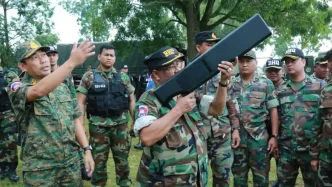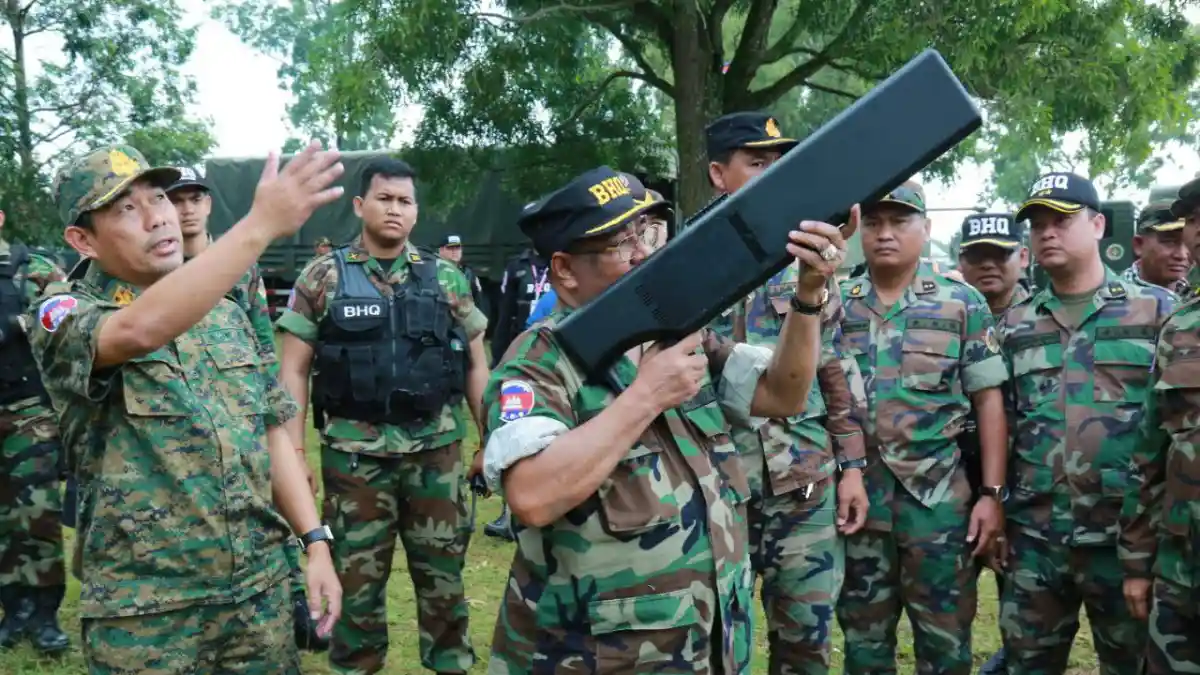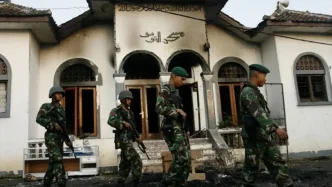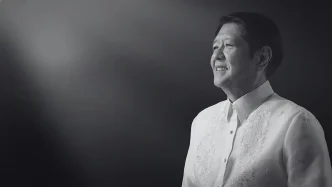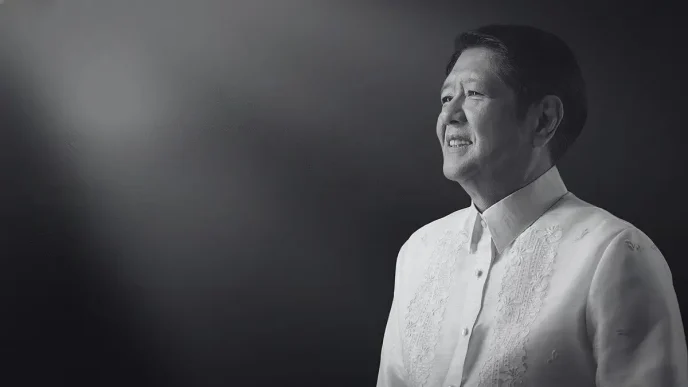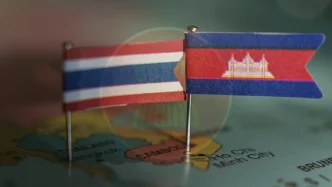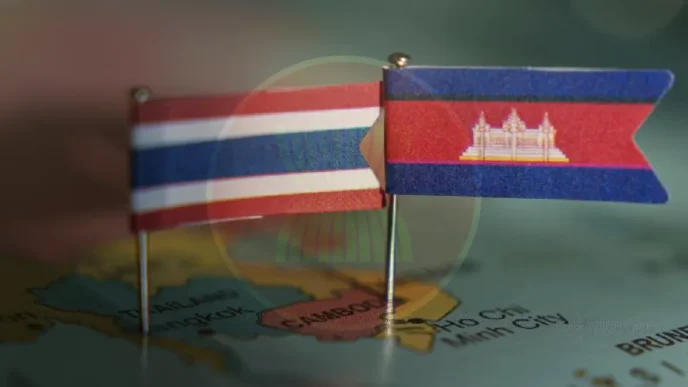Thailand and Cambodia are grappling with heightened tensions along their shared border, as recent military clashes and allegations of espionage fuel a volatile standoff. On August 1, 2025, military attachés and diplomats from 23 countries visited a 7-11 convenience store at a Thai gas station in Kantharalak town, Sisaket province, which was struck by Cambodian artillery, resulting in eight deaths. The visit, organized by the Royal Thai Army and the Ministry of Foreign Affairs, underscored the severity of the ongoing conflict and the physical toll it has taken on Thai soil.
Escalating Rhetoric and Espionage Warnings
The Thai government has issued sharp warnings to Cambodian nationals and military personnel amid fears of spying and unauthorized drone activity. On August 4, 2025, government spokesman Jirayu Houngsub cautioned Cambodian nationals against engaging in espionage on behalf of their government or military, warning that those caught could face severe penalties under Thai law. While he reiterated that espionage is considered a grave crime in Thailand, Jirayu noted that foreign spies are often jailed, deported, and blacklisted rather than facing the maximum punishment.
In Pattaya, a Swedish tourist was arrested today for flying a drone on Pattaya beach, an activity which is currently banned, nationwide.
Jirayu also addressed Cambodian troops directly, warning against the use of drones to violate Thai airspace. He stated that any unauthorized drones would be immediately shot down and destroyed, highlighting that the Royal Thai Army and other security agencies have ramped up anti-drone surveillance and countermeasures. This comes alongside a nationwide ban on drone flights imposed by the Civil Aviation Authority of Thailand (CAAT) from July 30 to August 15, 2025, as part of efforts to detect and deter spy drone activities along the border.
In a bid to safeguard strategic locations, Lt Gen Boonsin Padklang, commander of the Second Army Area, has ordered governors in 20 northeastern provinces to bolster security at provincial halls, arms depots, police stations, bus terminals, stadiums, and airports. These measures reflect Thailand’s growing concern over potential drone espionage and the need to protect critical infrastructure during this period of heightened tension.
Denials and Counter-Accusations
Amid the escalating conflict, accusations of airspace violations have flown from both sides. Cambodian Defence Ministry spokeswoman Lt Gen Mali Socheata has alleged that Thai drones entered Cambodian airspace, a claim that Jirayu firmly dismissed. “Thailand strictly controls all drone operations, particularly in sensitive border zones” he said on August 4, 2025. He emphasized that Thailand has no policy of using drones to violate neighboring airspace and now possesses advanced surveillance technology that negates the need for such incursions, unlike practices from a decade ago.
Jirayu stressed that Thailand has adopted a cautious and measured approach to the border conflict, remaining committed to defending its sovereignty without encroaching on Cambodian territory. He also revealed that Thai troops had discovered numerous unexploded BM-21 rockets and artillery shells on Thai soil, coordinating with Cambodian counterparts before detonating them to avoid misunderstandings. In a pointed remark, Jirayu urged the Cambodian government to be more truthful in its international communications and to refrain from spreading distorted information to the global community.
Incidents of Espionage and Drone Seizures
The border tensions have been further complicated by incidents involving alleged espionage and drone activity. Reports have emerged of two unidentified drones being seized in Thailand’s Buri Ram province amid concerns over spying. Additionally, an alleged Cambodian spy was apprehended in Sa Kaeo province, reportedly paid 160 Thai Baht (~US$4.50) per day for their activities. These incidents have heightened Thailand’s vigilance and reinforced the government’s stance on cracking down on espionage.
The seizure of drones and the arrest of suspected spies underscore the growing role of technology in modern border conflicts. Drones, once primarily used for surveillance or reconnaissance, have become tools of contention in disputes over territorial integrity. Thailand’s aggressive anti-drone measures signal a broader shift in how nations address security threats in an era of advanced technology, raising questions about the balance between defense and diplomacy.
Historical Context of Thailand-Cambodia Border Disputes
The current flare-up is part of a long history of border disputes between Thailand and Cambodia, often centered on contested territories and historical grievances. The border region near Sisaket province, where the recent artillery strike occurred, has been a flashpoint for decades, with both nations claiming overlapping areas. Past conflicts, such as the 2008-2011 clashes over the Preah Vihear Temple—a UNESCO World Heritage site—resulted in casualties on both sides and required international mediation through the International Court of Justice (ICJ). While the ICJ ruled in 2013 that the temple itself belongs to Cambodia, surrounding areas remain disputed, fueling periodic skirmishes.
These historical tensions are compounded by domestic political pressures in both countries. In Thailand, border security is a matter of national pride, often leveraged by political and military leaders to rally public support. Similarly, in Cambodia, asserting sovereignty over contested areas resonates with nationalist sentiments, particularly under the long-standing leadership of the Cambodian People’s Party. The interplay of historical claims, political rhetoric, and military posturing creates a volatile environment where small incidents—like the artillery strike on a gas station—can quickly escalate.
Regional and International Implications
The involvement of military attachés and diplomats from 23 countries in the August 1, 2025, media tour signals the international community’s growing concern over the Thailand-Cambodia border conflict. The presence of foreign observers suggests that the dispute is no longer a purely bilateral issue but one with potential ramifications for regional stability in Southeast Asia. The Association of Southeast Asian Nations (ASEAN), of which both Thailand and Cambodia are members, has historically advocated for dialogue and peaceful resolution of disputes. However, ASEAN’s principle of non-interference often limits its ability to mediate effectively in such conflicts.
Beyond ASEAN, the border tensions could impact broader geopolitical dynamics in the region. Thailand, a key ally of the United States, and Cambodia, which has deepened ties with China in recent years, represent divergent strategic interests. Any escalation could draw in external powers, complicating efforts to maintain a balance of influence in Southeast Asia. Moreover, the conflict risks disrupting cross-border trade and movement, which are vital to the economies of both nations, particularly in border provinces like Sisaket.
Human Cost and Local Impact
While much of the discourse focuses on military and diplomatic maneuvers, the human cost of the conflict is evident in incidents like the artillery strike in Kantharalak. The destruction of a 7-11 store at a gas station—a mundane yet essential part of daily life—highlights how border clashes disrupt civilian lives. The eight deaths resulting from the strike are a tragic reminder of the stakes involved, as families and communities bear the brunt of geopolitical tensions.
Local residents in Thailand’s northeastern provinces, already grappling with economic challenges, now face heightened insecurity. The bolstered security measures, while aimed at protecting strategic locations, may further strain local resources and disrupt normalcy. In Cambodia, similar pressures likely affect border communities, though access to firsthand accounts remains limited due to restricted media coverage.
Path Forward Amid Uncertainty
As Thailand and Cambodia navigate this latest chapter of border tensions, the path to de-escalation remains unclear. Both nations have expressed a commitment to sovereignty, yet the mutual accusations of airspace violations and espionage suggest a deep mistrust that could hinder dialogue. The role of technology, particularly drones, adds a new dimension to the conflict, raising questions about how modern warfare and surveillance tools will shape future disputes.
For now, Thailand’s focus on anti-drone measures and heightened security reflects a defensive posture, while Cambodia’s allegations point to ongoing grievances. Whether these tensions will spiral into a broader confrontation or be contained through diplomatic channels is a question that looms over the region. As both sides fortify their positions, the international community watches closely, aware that the stability of Southeast Asia hangs in a delicate balance.

